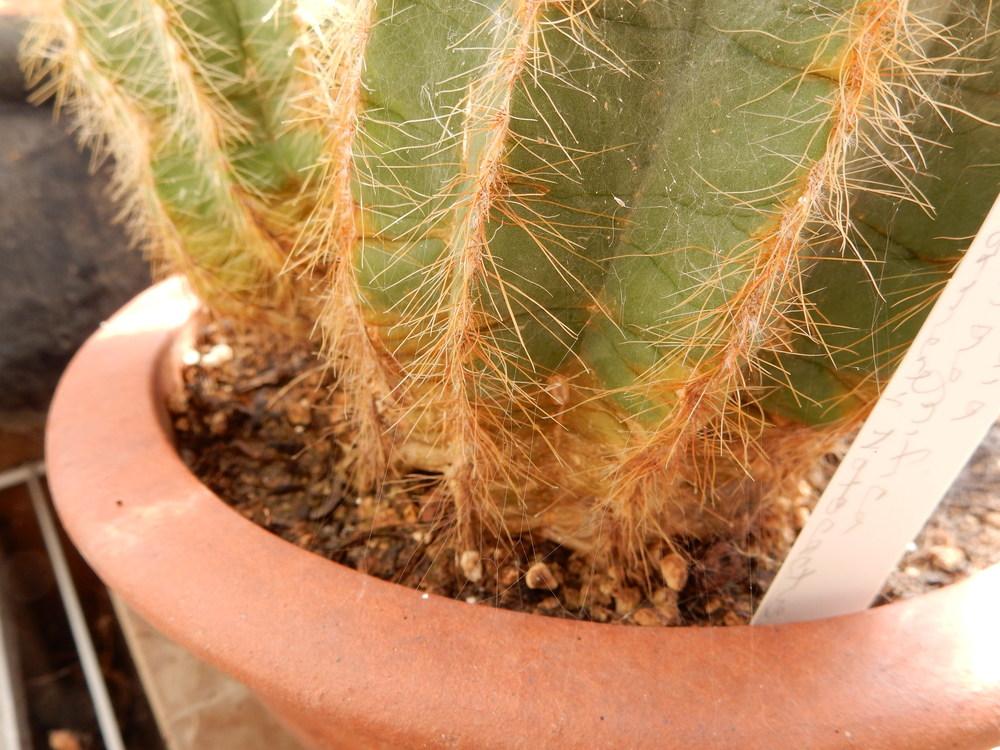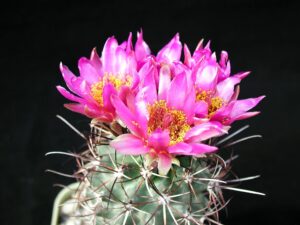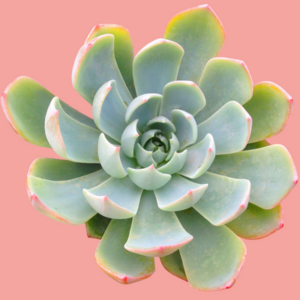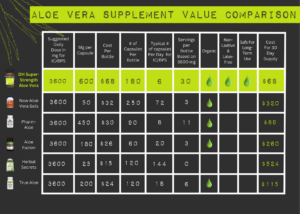To the untrained eye, a cactus may seem like a plant that requires minimal care, thriving effortlessly in dry environments. However, the peculiarities in its physiology and care demands often lead to unforeseen challenges. One alarming issue that may arise is the gradual decline of health from the bottom of the plant, a phenomenon that can represent a culmination of various underlying problems. The importance of addressing this issue promptly cannot be overstated, as early intervention is critical to ensuring your cactus’s survival.
Understanding the causes of a cactus dying from the bottom is pivotal in formulating an effective course of action. This article delves into the factors influencing this condition, outlines how to diagnose the problem, and provides actionable solutions to rejuvenate your ailing cactus.
Environmental Factors: The Hidden Culprits
Several environmental elements exert significant influence over the health of your cactus. Recognizing these factors allows for a more comprehensive approach to care.
Watering Practices
Inadequate or excessive watering is often the primary culprit when a cactus begins to deteriorate from its base. Cacti are adept at storing water in their fleshy tissues; thus, they require far less frequent watering compared to other houseplants. Overwatering can result in root rot, a pernicious condition that develops when roots are submerged in soggy soil, leading to a fungal infection. Conversely, underwatering can also induce stress, as it deprives the plant of the necessary hydration to thrive.
Humidity Levels
Cacti are fundamentally desert dwellers, habituated to arid climates. Consequently, they flourish in low humidity environments. Excessive humidity can create a breeding ground for rot and fungal pathogens, further exacerbating the deterioration from the bottom.
Temperature Extremes
Extreme fluctuations in temperature can shock the cactus, leading to tissue damage. If your plant is subjected to drafts or positioned near heaters or air conditioning units, it may experience stress that manifests as yellowing or wilting from the base upward. Maintaining a stable temperature akin to its native habitat is crucial for optimal health.
Diagnosing the Underlying Issues
Mature cacti typically demonstrate robust longevity and resilience. However, diagnosing the underlying problems requires careful observation and consideration of the plant’s geographical conditions. By scrutinizing the external and internal factors influencing your cactus, you can devise a targeted recovery strategy.
Visual Inspection
An immediate inspection should include a thorough examination of the visual cues the plant exhibits. Look for signs of discoloration, wilting, or softness at the base. A cactus showing a yellow or brown bottom often signals root rot or light deprivation. Take note of any foul odors or mushy texture, which strongly indicate a fungal invasion.
Root System Evaluation
Once visible symptoms are ascertained, the next step is to carefully extract the cactus from its pot for a root inspection. Gently remove the soil and examine the roots—healthy roots should appear firm, whitish, and firm, while unhealthy roots are often dark, mushy, and emit a putrid odor. Assess the proportion of healthy roots relative to the unhealthy ones to determine if root pruning might be necessary.
Implementing Solutions to Revitalize Your Cactus
Having identified the underlying issues contributing to the decline of your cactus, it is imperative to execute the appropriate corrective measures to revitalize it. Below are proven strategies.
Optimizing Watering Regimen
Adjust your watering habits to align with the needs of your cactus type. Generally, watering should occur only when the top inch of soil is completely dry. Utilize well-draining soil and pots with drainage holes to secure proper moisture levels around the root system. When in doubt, err on the side of underwatering, as it is easier to revive a cactus than to resurrect a drowned one.
Enhancing Drainage Solutions
If root rot is present, repotting in fresh, dry soil designed for cacti can facilitate improved drainage. A mix of sand, perlite, and quality potting soil offers the aeration necessary for healthy roots. Ensure the new pot is a size larger to accommodate new root growth without restricting space.
Adjusting Environmental Conditions
Reassess the placement of your cactus to ensure it receives adequate light exposure while avoiding harsh direct sunlight that can scorch its skin. Ideally, cacti benefit from bright, indirect light. Additionally, monitor temperature and humidity levels to promote an optimal environment. If necessary, consider supplementary grow lights or dehumidifiers to create the best conditions for your plant’s recovery.
Conclusion: Care Beyond Revitalization
Restoring a cactus to health requires vigilance and a nuanced understanding of its specific needs. By addressing the core environmental necessities and implementing tailored care strategies, you can foster resilience and encourage recovery. Remember, consistent monitoring and proactive engagement with your cactus’s health will lead to flourishing growth and longevity. With dedicated attention, your cactus can thrive, ensuring it remains a vibrant addition to your indoor or outdoor space.





Leave a Comment